TABLE OF CONTENT:
Origin and Early History
Pashtun People: Exploring Their Rich Culture
Pashtun People: An Overview of Their History and Tribes
The Pashtuns, also known as Pukhtuns or Pathans, are an ethnic group primarily found in Afghanistan and Pakistan. They are estimated to be around 50 million in number, with the majority living in Afghanistan. Pashtuns have a rich cultural and historical background, with their roots tracing back to ancient times.
Origin and Early History
The Pashtuns' origin is shrouded in mystery, with different theories and legends surrounding their ancestry. Some believe that they are descendants of the lost tribes of Israel, while others claim that they are the descendants of King Saul. However, the most widely accepted theory is that they are the descendants of the Aryan tribes that migrated from Central Asia to the region around 4,000 years ago.
Tribes of Pashtuns

The Pashtuns are divided into several tribes, each with its unique customs, traditions, and dialects. The major Pashtun tribes include:
-
Afridi
-
Khattak
-
Mahsud
-
Wazir
-
Orakzai
-
Khyber
-
Durrani
-
Ghilzai
Each of these tribes is further divided into sub-tribes, and the Pashtun social structure is based on a system of tribes and sub-tribes. Pashtuns have a strong sense of tribal identity and loyalty, which has played a significant role in their history and conflicts.
Pashtun Culture and Traditions
Pashtuns have a unique culture and traditions that have been passed down from generation to generation. They have a code of conduct called Pashtunwali, which governs their social, political, and economic life. Pashtunwali emphasizes hospitality, revenge, and honor, and forms the basis of the Pashtun identity.
Pashtuns are predominantly Sunni Muslims, and their religious practices are influenced by their tribal traditions. They celebrate several festivals throughout the year, including Eid-ul-Fitr and Eid-ul-Adha, and perform several religious and cultural rituals.
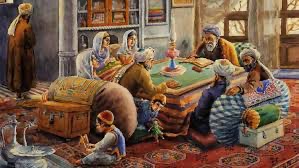
Pashtun History and Conflicts
Pashtuns have a long and tumultuous history, marked by conflicts with neighboring tribes and invaders. They have been ruled by several empires, including the Mughals and the British, and have fought several wars to protect their independence and autonomy.
In recent times, the Pashtuns have been caught in the crossfire of the Afghan War and the Taliban insurgency. Pashtuns have been the most affected by the conflict, with many losing their homes, livelihoods, and loved ones.
Pashtun People: Exploring Their Rich Culture
The Pashtun people are an ethnic group native to Afghanistan and Pakistan. With a population of over 50 million, they are one of the largest ethnic groups in the region. Pashtuns have a rich culture, which has evolved over the centuries and is influenced by their history, religion, and geography. In this article, we'll explore the unique aspects of Pashtun culture.
History and Origins
The origins of the Pashtun people are shrouded in mystery. Some historians believe that they are descendants of the ancient Iranian tribes, while others suggest that they are of Scythian or Central Asian origin. However, one thing is certain - Pashtuns have a rich and unique history. The Pashtun empire, also known as the Durrani Empire, was once a dominant force in the region, and its legacy can still be seen in Pashtun culture today.
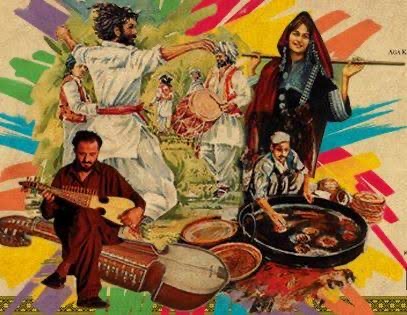
Language and Literature
Pashto is the official language of Afghanistan and is also widely spoken in Pakistan. It is a member of the Indo-Iranian language family and has a rich literary tradition. Pashto literature dates back to the 7th century and includes poetry, folktales, and historical accounts. Some of the most famous Pashto poets include Rahman Baba, Khushal Khan Khattak, and Ghani Khan.
Religion
The majority of Pashtuns are Muslims, and their religion plays a central role in their culture. Pashtunwali, a code of conduct that governs Pashtun society, is heavily influenced by Islamic principles. Pashtuns are known for their hospitality, bravery, and sense of honor, all of which are values that are deeply rooted in Islam.
Dress and Fashion
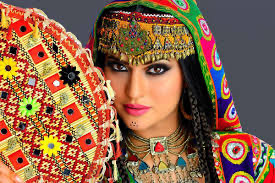
Pashtuns have a unique style of dress that reflects their culture and traditions. Men typically wear a long shirt called a perahan and loose trousers called shalwar. They also wear a vest or a coat called a waistcoat or a chapan. Women wear long dresses called frocks or kameez and trousers called shalwar. They also cover their heads with a scarf called a chador.
Music and Dance
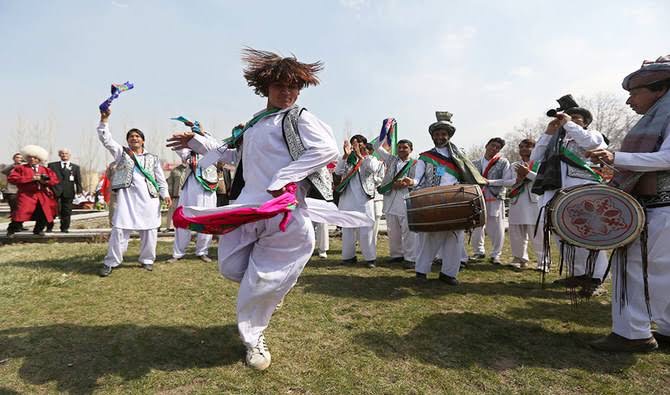
Music and dance play an important role in Pashtun culture. Traditional Pashtun music includes instruments like the rabab, harmonium, and tabla. The Attan is a traditional Pashtun dance performed on special occasions like weddings and other celebrations. It is characterized by fast-paced movements and involves a lot of spinning.
Cuisine
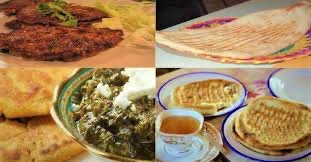
Pashtun cuisine is known for its rich and flavorful dishes. Some of the most popular Pashtun dishes include kebabs, pulao, and karahi. Meat is a staple in Pashtun cuisine, and lamb, beef, and chicken are all commonly used. Naan, a type of bread, is also a staple of Pashtun cuisine.
Conclusion
The Pashtuns are a unique and diverse ethnic group with a rich cultural and historical background. They are an integral part of the social, political, and economic fabric of Afghanistan and Pakistan, and their influence extends beyond their borders. Despite their struggles and conflicts, the Pashtuns have managed to preserve their identity and culture and continue to play a significant role in the region.


You must be logged in to post a comment.